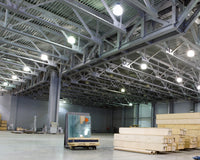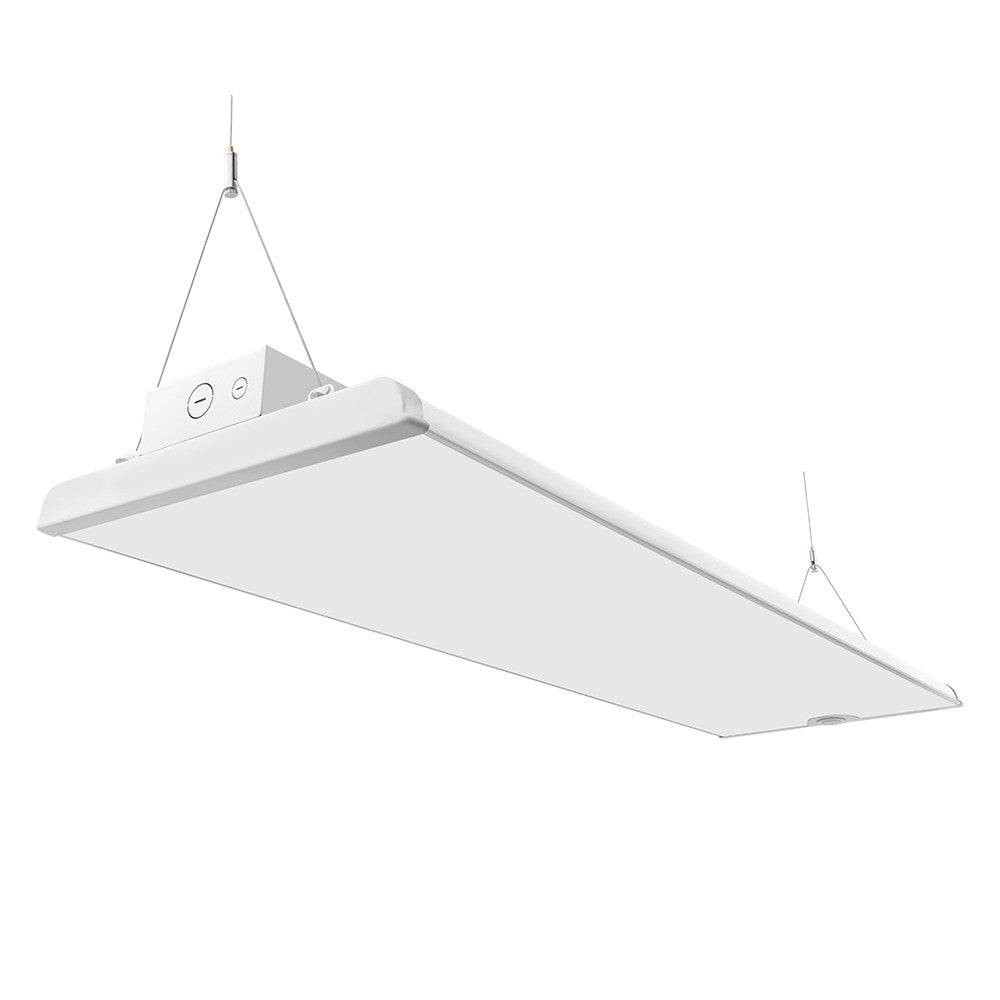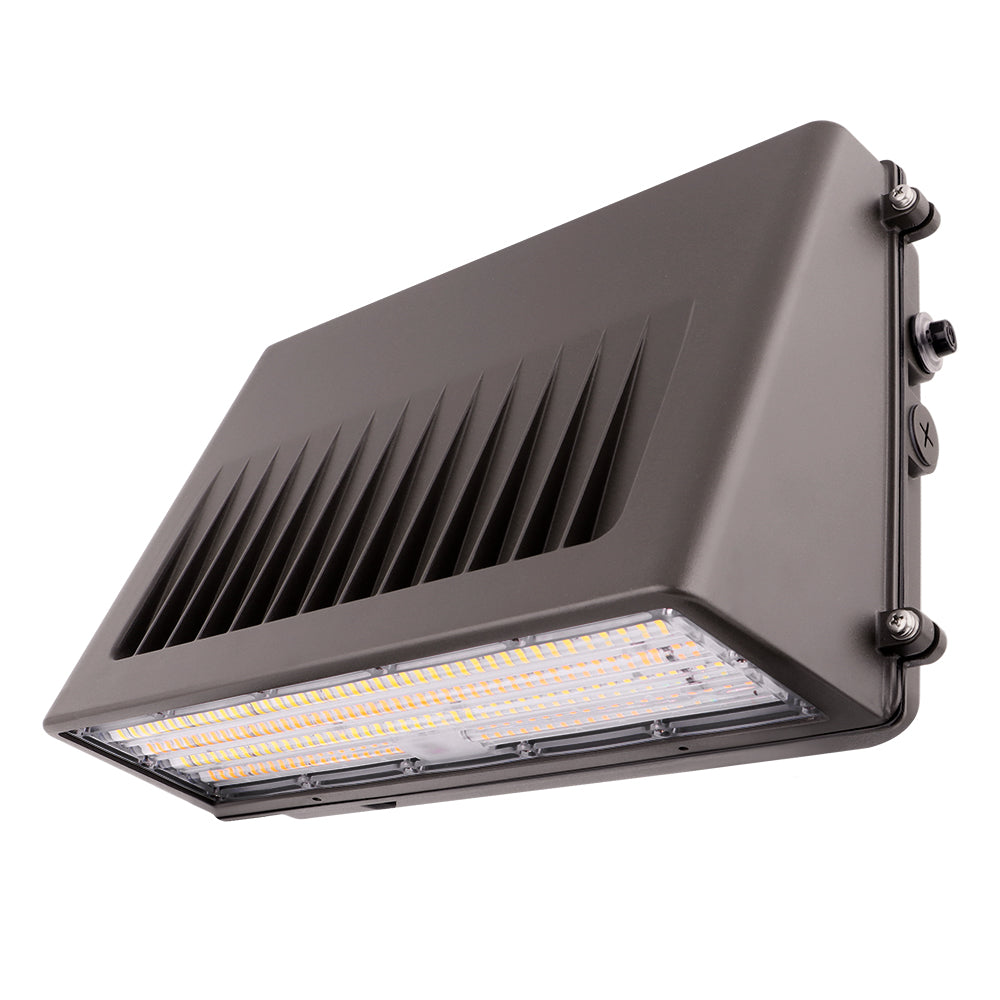IP Rating and LED Light Fixtures
There are many different factors to consider when selecting LED light fixtures. They provide numerous benefits like energy savings, improved visibility and long life. Essential to ensuring that you choose the right LED light fixture for your facility, is also understanding what the exterior of the units can be exposed to. All LED lights are gasketed and sealed to protect the internal components and wiring.
The IP rating ensures that specific lights can be used without becoming a safety hazard to the users. A light’s IP rating also reflects its suitability for both outdoor and indoor use to a specific environment where it may be exposed to corrosive fumes, different moisture levels, dust and other debris particles.
What does IP stand for?
IP is an acronym "Ingress Protection" and is a ratings standard used to indicate the level of protection an enclosure for electrical equipment gives against solids and liquids. It is a measurement of the protection an item will have against solid objects (dust, sand, dirt, etc.) and liquids.
What is an IP Rating?
Each IP rating has two numbers, both of which give you information about the protection level. A higher number means greater protection against solids and liquids.
The first number (0-6) refers to the level of protection against solid objects and moving parts, such as dust, debris, or other solid matter.
The second number (0-8) references the level of liquid and moisture protection.
Take a look at the chart below to better understand the protection offered with each number.
IP ratings are important to ensure that your new LED lighting is the right fit for the environment it will be used in. It provides us with an exact measurement of protection for the electrical components. A higher IP rating signifies greater protection against the intrusion of smaller particulates. A lower rating points to limited protection against such intrusions.











